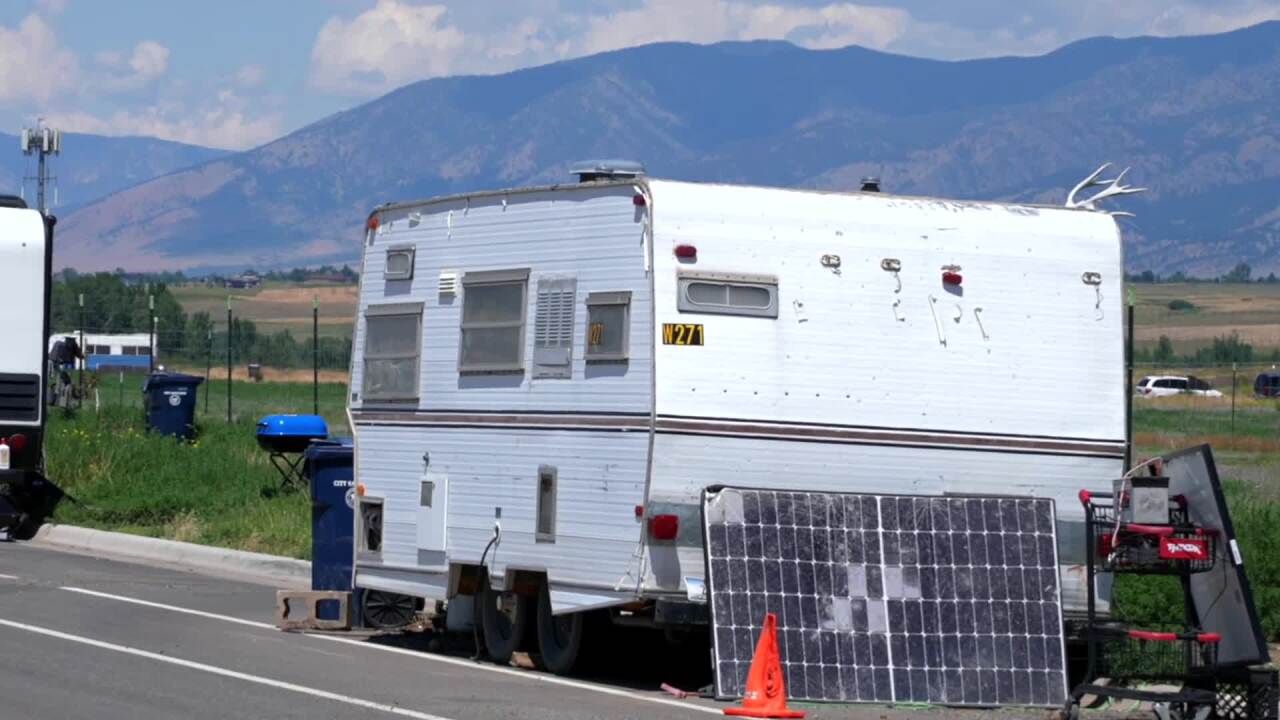BOZEMAN — Multiple streets around Bozeman that once had campers lining the public right-of-way are now mostly empty. With Ordinance 2172 in effect, many signs of urban camping have been hauled away.
In fact, city staff reports hauling 110 tons of trash to local landfill—not including abandoned vehicles.
WATCH: Bozeman's Urban Camping Decline: A Temporary Fix or Lasting Solution?
“All of this work has taken an enormous amount of effort and an enormous amount of resources that I believe could be used for other things—to keep people in housing,” says City Manager, Chuck Winn.
And after last night’s city commission meeting, remaining campers have just two months before their permits to stay, expire.
“We believe that the permit system has run its course. And it’s our strong recommendation that we let it sunset,” says Winn.

But staff says, despite the looming end date, the permitting program was a success story for the community.
At its peak, in August of 2023, nearly 300 campers sat on the public right away.
But after the adoption of Ordinance 2172, only 22 lawfully remain. Their permit costs contributing back to the solid waste division.
However, nearly a quarter million dollars has been spent on staffing efforts for this initiative.
“The 2172 was never intended to be a solution to homelessness. It was designed to be a runway, for people to get speed, and get resources available to better their circumstances,” says Winn.
Working with partners like the HRDC and Family Promise to connect people to services, staff also reports that stricter penalties and a known program end date, did deter those with alternate options.
According to Deputy Mayor Joey Morrison, although homelessness may be less visible now, it remains a significant issue in the city.
“The number of vehicles on the street is greatly reduced, the number of structures in the road is reduced, all that the same time—from a preliminary point time count—the rate of homelessness has increased from the same time last year,” says Morrison.
Moving forward, staff says they will continue to consolidate urban camping areas in preparation for the permit program to sunset in October—while investing in affordable and transitional housing options.

